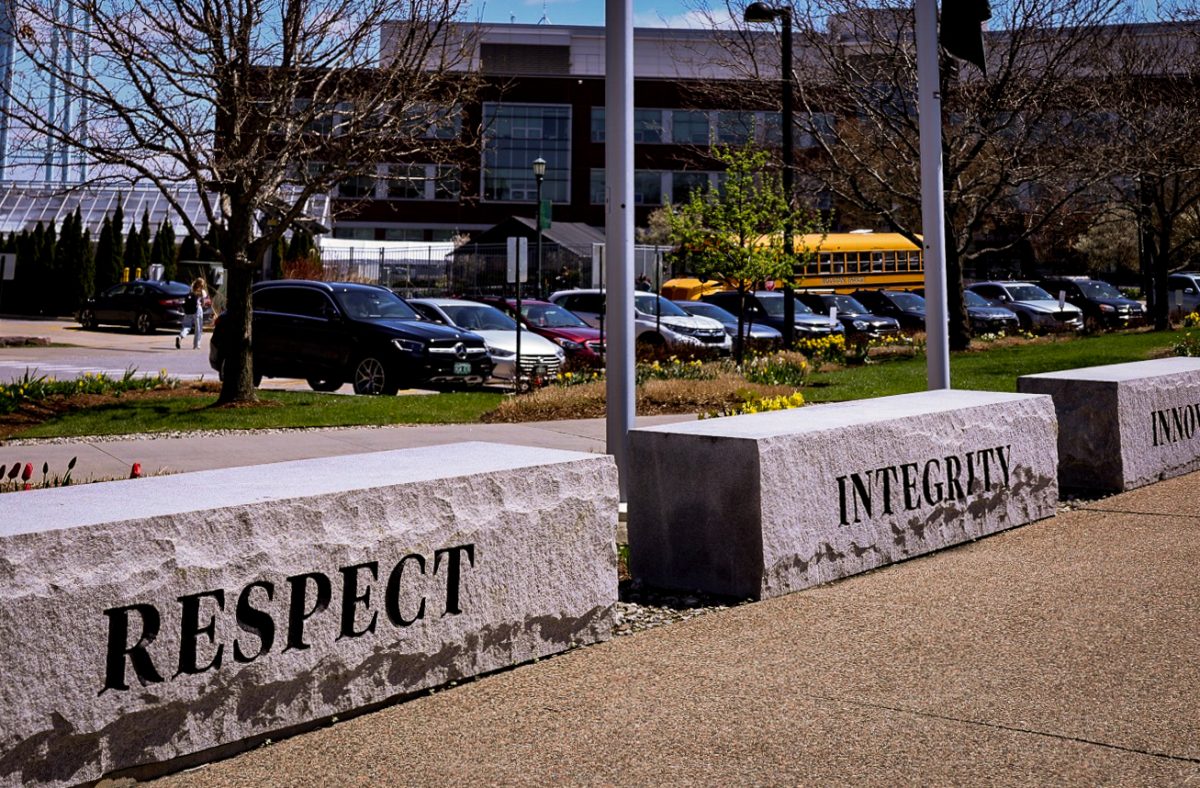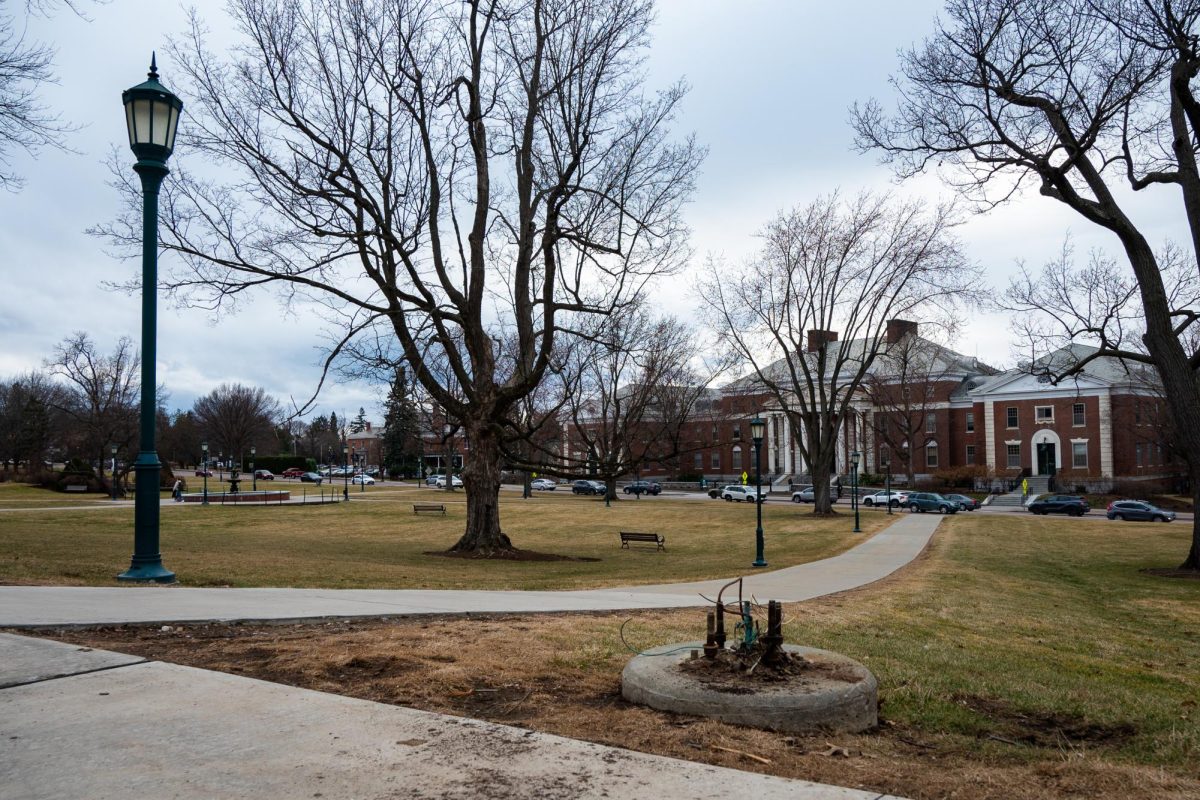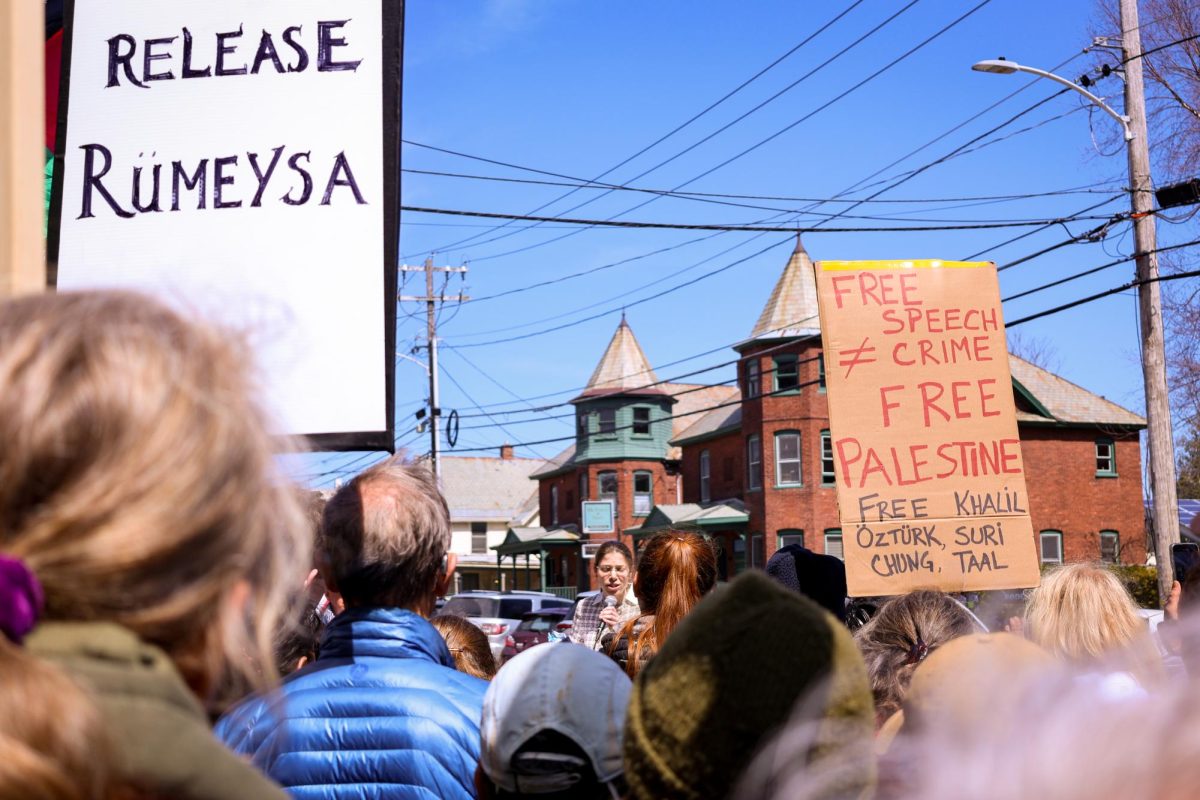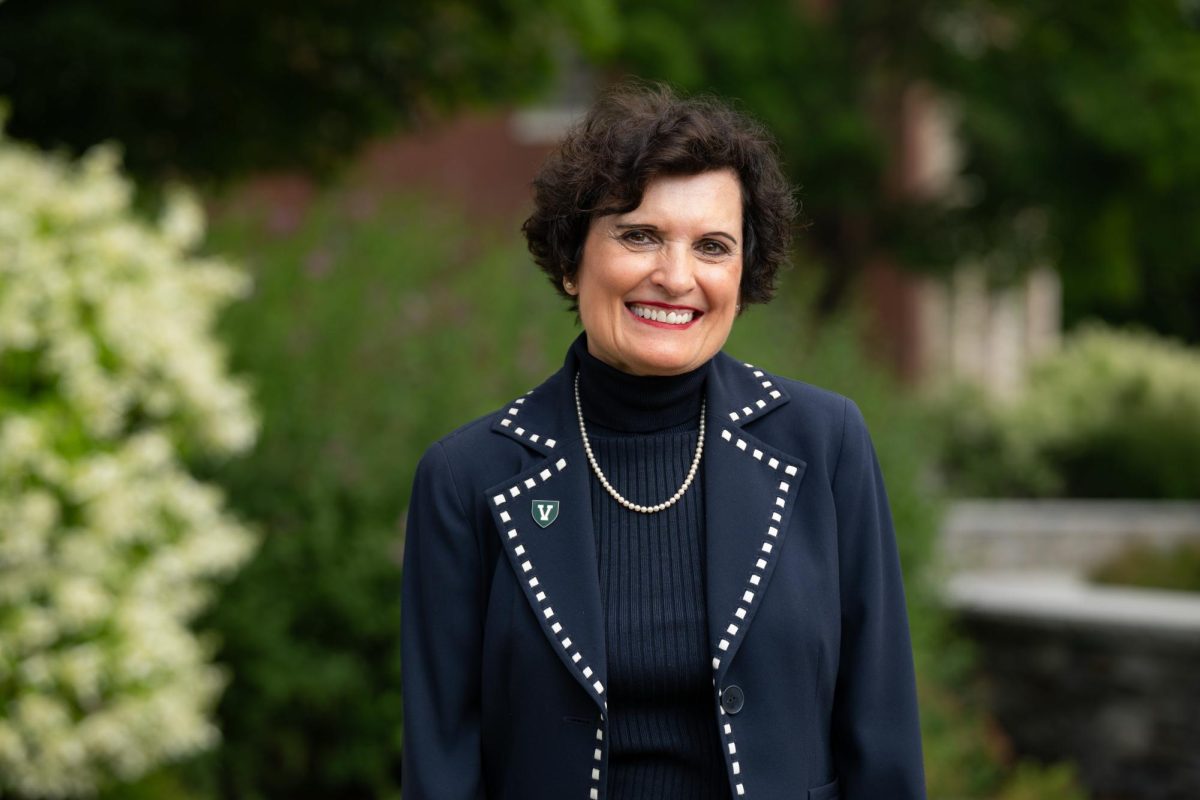As many are aware, the enrollment for UVM is at a record high. President Fogel’s vision for expansion, the success of UVM athletic teams, and the academic reputation for the school are all factors that contributed to an increase in students accepting admission to UVM. With around 300 more students attending UVM than originally anticipated, on-campus housing has become competitive and extremely tight. Some students, such as transfers and those in the Guaranteed Admissions Program, were not granted on- campus housing due to the dramatic increase in students accepting admissions. People are looking for someone or some group to blame, but the truth is that there is no one to blame. Eight months ago, Residential Life (Res Life) found out that the University Heights housing complex would not be completed for the fall 2005 semester. At the time, this was not a problem because there was still going to be enough housing for everyone who was guaranteed on-campus housing. Shortly after however, about 300 more students accepted admission to UVM, something that Res Life was not prepared for. According to UVM’s history of enrollment and the projections for future enrollment, no one expected this many accepted admissions for the academic year. “It happened a semester too early,” as Stacey Miller, the Director of Residential Life, put it. For this semester, every student who was supposed to get on-campus housing received it. There is no shortage; housing is just extremely tight for this semester. “Shortage is a tricky word to use, you’re only short if you can’t meet the demand and we met the demand,” Miller stated. First year students and upperclassmen that went through room selection were guaranteed housing. Transfer students and students involved in the Guaranteed Admissions Program, or GAP, which is run through the Continuing Education Department were informed months ago that housing was tight. However, members of the GAP and other Continuing Educations programs are not guaranteed housing and are informed of that upon accepting admission to UVM. The reason for this is that they are non-matriculated and are not technically UVM students until they meet the requirements of the GAP program and become matriculated. With the order of priority for housing, Res Life “was not able to house any GAP students or transfer students this year,” Miller said. Res Life has a housing wait list still in effect from last spring. On the wait list of 300 students, 200 are transfer and the rest are in GAP. Only ten of the 200 transfer students got housing, unlike last year when all transfers and members of the school’s GAP who requested housing got housing. Transfer students get priority over GAP students on the wait list. It was extremely hard for Res Life to accommodate every student with housing with the first year class being as large as it is. Many transfer students are upset about the housing situation for this semester. A large majority of them expected housing, but were told throughout the spring and summer that housing was tight and that it was a possibility that they may not receive housing for the fall semester. For transfer students, living on campus is the easiest and most comfortable option since many are unfamiliar with the Burlington area. Miller has tried to emphasize that they “don’t want to turn anyone away” for housing, but there was nothing that could be done. In the future, Res Life hopes to house all transfer students that request housing. Continuing Education students, on the other hand, are more prepared to deal with the housing situation. Throughout the year, Continuing Education monitors housing and contacts Res Life in the spring for housing projections for GAP students. Housing for Continuing Education students is decided on a first come, first served basis. Students call to request housing as early as March since housing is so tight for that program. Currently, there are 4,478 students residing in the residence halls. However, not all of those students are in the most comfortable living conditions. This year, there are 100 more triples. Mason/Simpson/Hamilton, Christie/Wright/Patterson, Wing/Davis/Wilks, Coolidge, Harris/Millis, Marsh/Austin/Tupper, Trinity’s back five (Ready, Hunt, Sichel, Richardson, and McCann), and Jeanne Mance are the residential halls that accommodate actual triples. Currently, some people living in triples are in converted lounges, “temp triples,” and the others are in “forced triples,” as many students call them since they are not as comfortable. Res Life prefers the term “temp triples.” Every lounge or community space that could be used was used for housing students, whether it was for triples or even quads. This year is the first year that the university has had quads. On campus, there are only four real quads which are located in Mercy Hall and the rest are temporary. Next semester, Res Life plans on trying to “de-triple” and “de-quad” as many rooms as possible with priority going to those who are living in lounges. In order to deal with the tight housing situation, Res Life has many plans for the future. First, the North Complex of University Heights will be done in spring 2006, which contains 400 beds. Students living in Wing and Wilks are going to be moved into the North Quad next semester and then renovation will take place on Wing and Wilks during the spring and summer. In fall 2006, the South Quad will be done and there will be a total of 800 new beds available. Also, next semester, somewhere around 150 to 200 beds should open up because there are always students that graduate or leave the university for other reasons, such as study abroad or through transferring. With these changes, there will be no problems for housing next year and Res Life will be on their way to accomplishing their goal to “house any student who wants to live here,” as Miller declared. The tight housing situation is only a temporary condition and it should improve by next semester. Miller’s philosophy is that “if we can make it these four months, we can still make it a good experience for folks.” Miller is facing the housing situation with a positive attitude and encourages others to do the same for the time being.
Categories:
UVM’S Housing Shortage And No One to Blame
October 5, 2005
0
More to Discover







